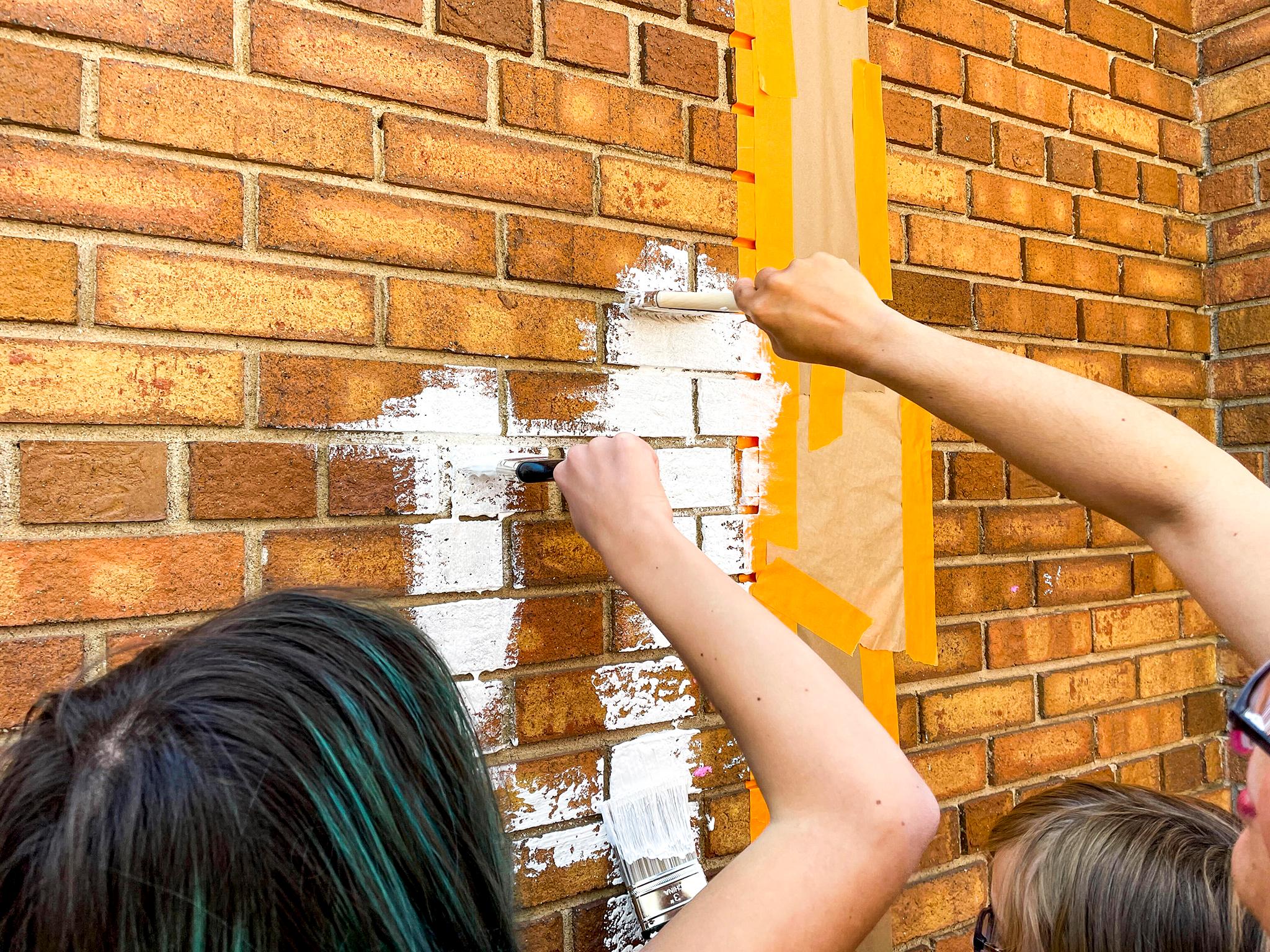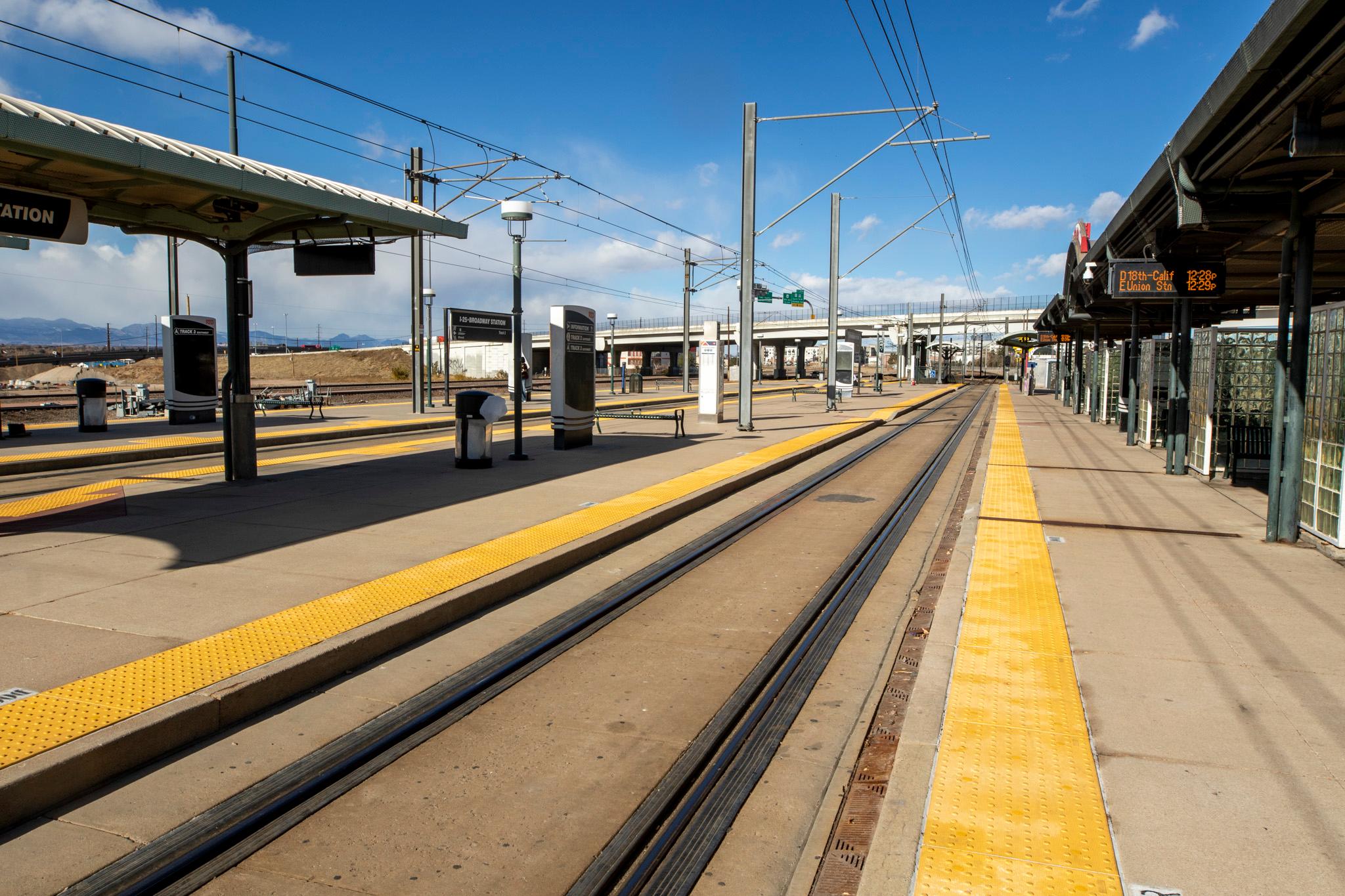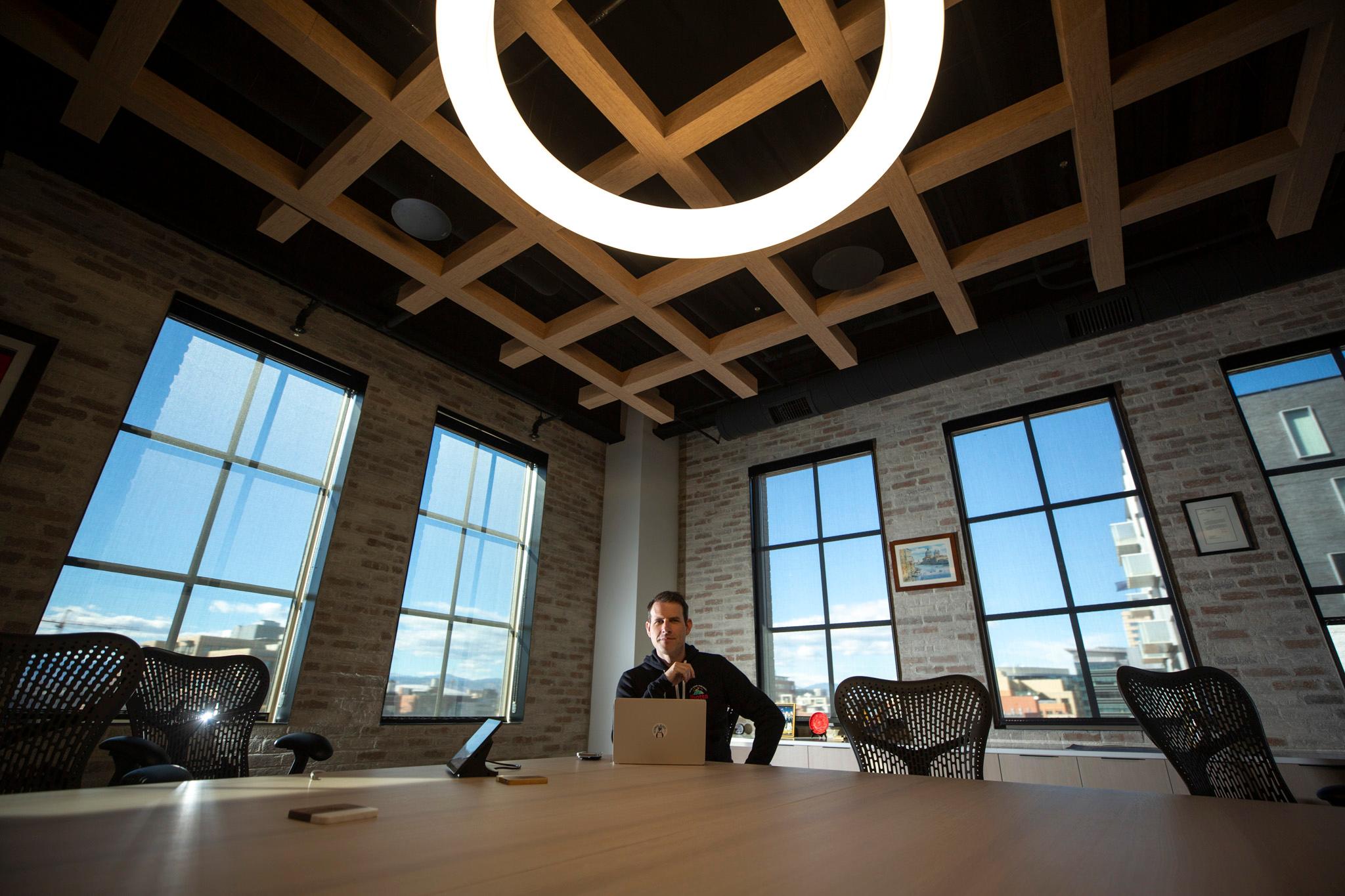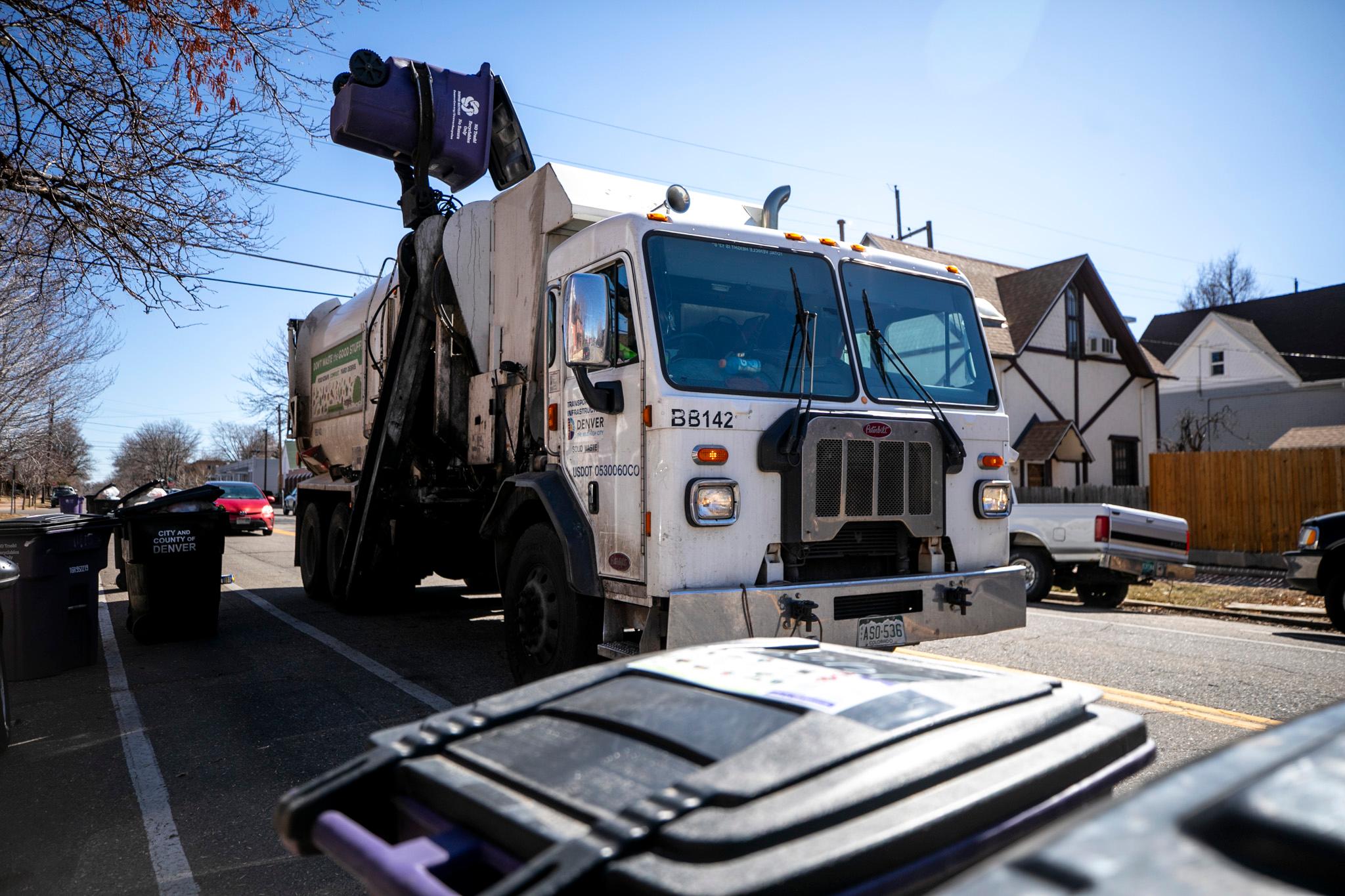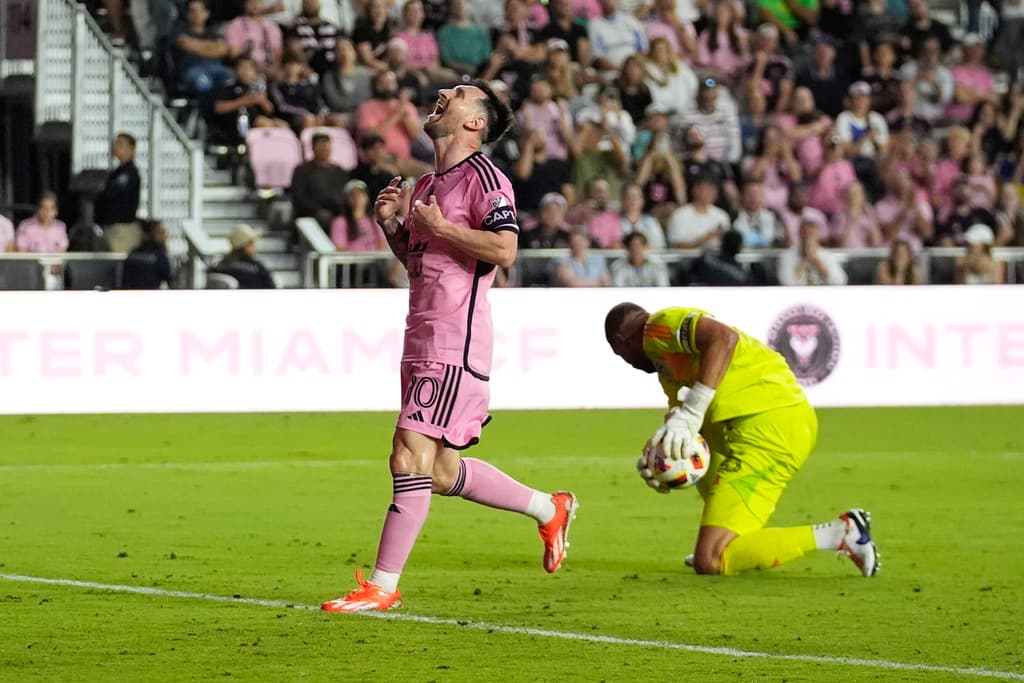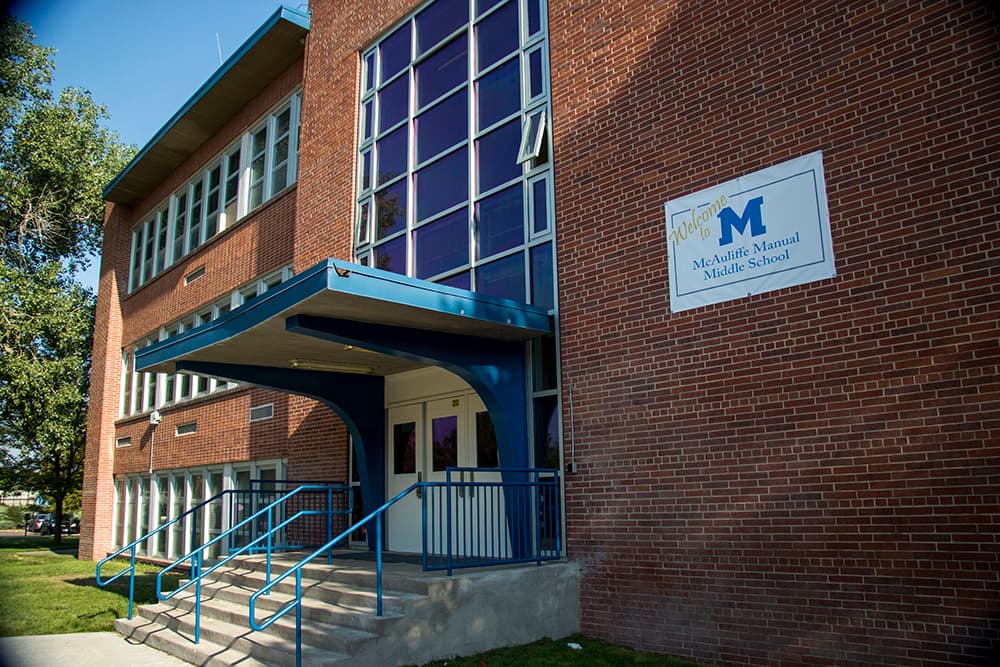A brick wall on the outside of Denver Fire Station 4 was covered with plain white paint on Sunday. While the new paint job looks simple, it symbolizes important change for many of the city's Asian population.
Members and supporters of Colorado Asian Pacific United, a coalition of Asian Americans and Pacific Islanders in Denver, gathered in front of the fire station across from Sakura Square to lay the foundation for a mural honoring the city's historic Chinatown. After short remarks, guests were invited to help cover the wall with primer to celebrate the project.
"This mural is a way for us to physically, and metaphorically in a way, reclaim this space and let folks know what this place used to be like," said Joie Ha, Vice Chair on the CAPU board and mural project manager.

In the late 1800s, several blocks of what's now known as Lower Downtown was home to a thriving Chinatown, made up of Chinese immigrants who owned restaurants and businesses. That changed on Oct. 31, 1880, when white rioters murdered Look Young, a Chinese worker. The attack began with a bar fight and ended with the mass burning of Chinese-owned properties.
At the time, many white Americans held extreme anti-Chinese sentiments, due to heightened political discourse against immigrants. Local xenophobia was spurred on by paranoia around opium dens, prostitution and gambling.
For decades, the only sign the neighborhood existed was a marker in LoDo titled "Hop Alley/Chinese Riot of 1880," which was criticized for retelling the history of the area through the lens of white historians. That marker was taken down last August, shortly after the city formally apologized for its role in the racist riot.
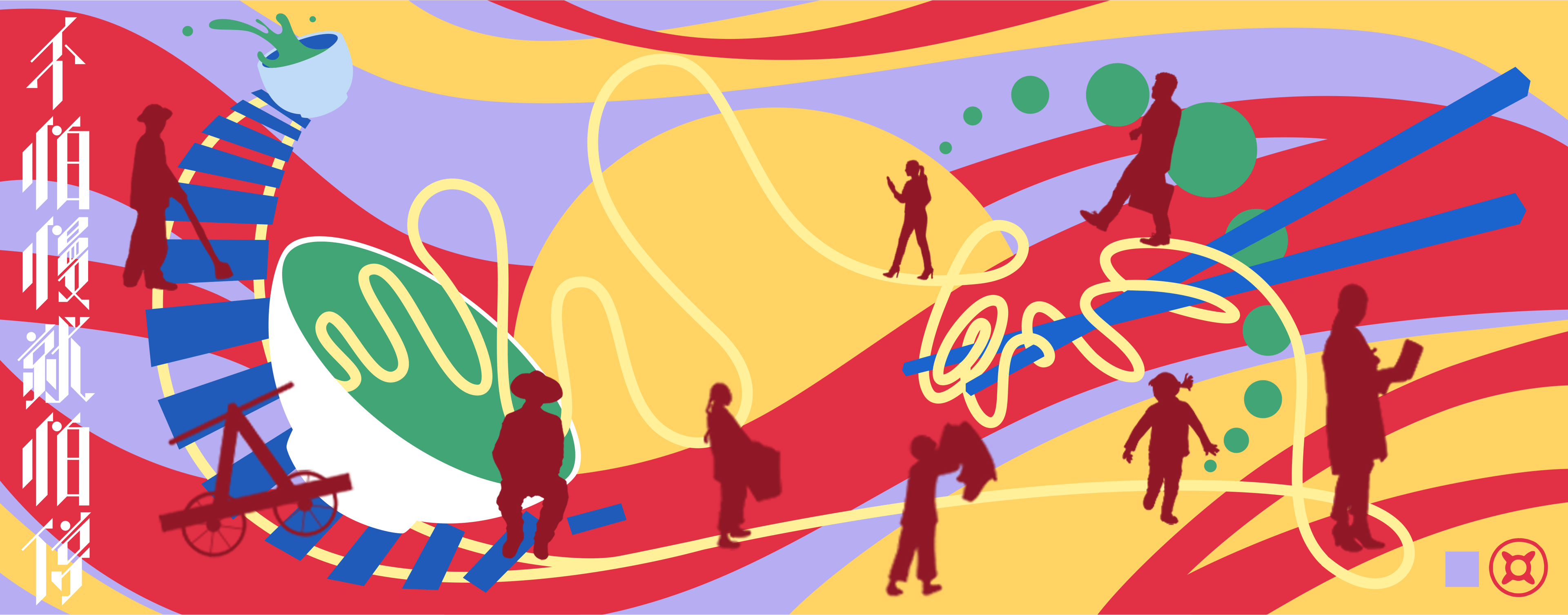
The upcoming mural is among the first steps being taken to set the record straight.
Using grant funding from The Andrew W. Mellon Foundation, CAPU began searching for an artist to design a mural last June. Nalye Lor, a Denver native and Hmong-American artist, had her design selected despite turning it in relatively late in the process.
"It was within like a week or two of the final deadline," she said.
Unlike the white primer currently occupying the wall, Lor's design is vibrant and colorful -- mixing together imagery of railroad tracks, a cup of green tea, chopsticks and the sun to represent the area's past, present and future.
On the far left, there will be a Chinese proverb that says, "Be not afraid of going slowly. Be afraid of standing still." Spread throughout the mural are silhouettes of characters that represent the different generations of the Chinese community.

"It follows a timeline as you go through, and you see a child that kind of marks the beginning of a new era, a new generation, and you see a bunch of modern silhouettes of these characters that represent the Chinese community as they move forward, as life changes and as they accept their history," Lor said.
Even after the mural is finished, CAPU will continue highlighting its story. The organization plans to install more markers around the area, explaining the history of the community and teaching people about Young, the worker murdered in the riots. Eventually, Ha hopes the coalition can elevate other AAPI histories in Colorado.
"Right now we're very hyper-focused on the Chinese community," Ha said. "But we definitely wanna work to expand. We're already talking about how we can elevate more Japanese American history in Colorado."

Ha hopes the mural's unveiling and future efforts by CAPU marks a new chapter in Denver, where residents understand the city's complicated history. Ha, a Denver native, wasn't taught about Chinatown and only learned about it relatively recently.
"I'm incredibly excited that we can actually as a city start embracing some of these histories," Ha said. "And I feel like we've been doing a pretty good job."
CAPU is hoping to complete the mural this spring, if the weather cooperates.

